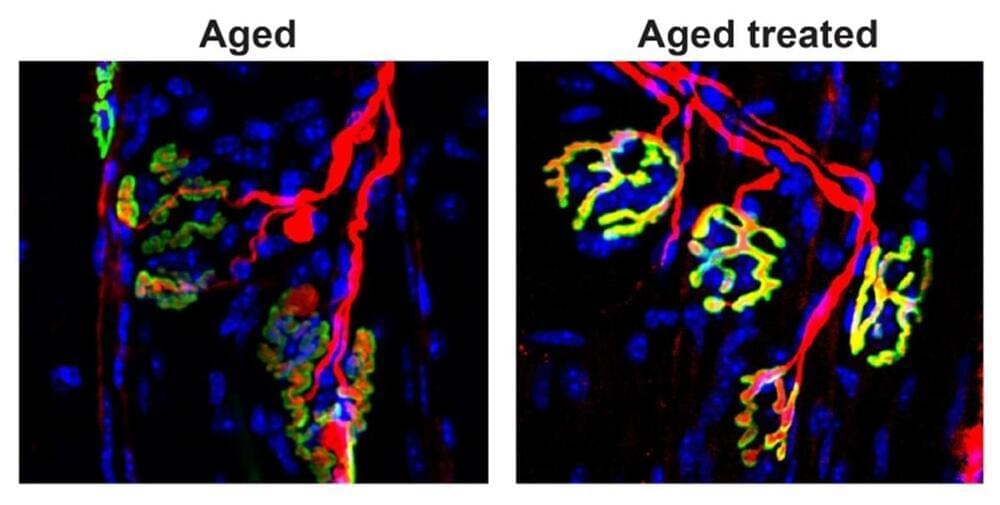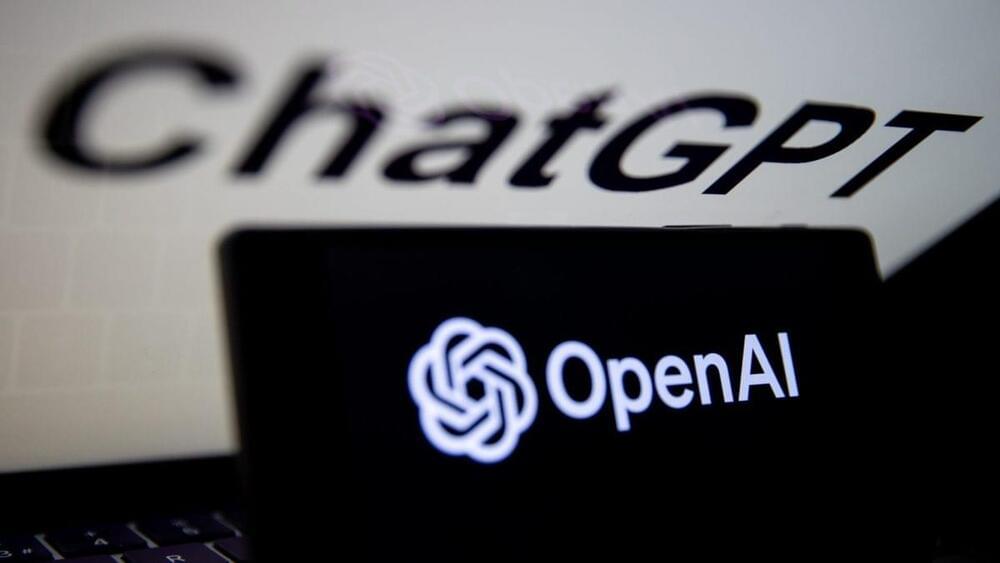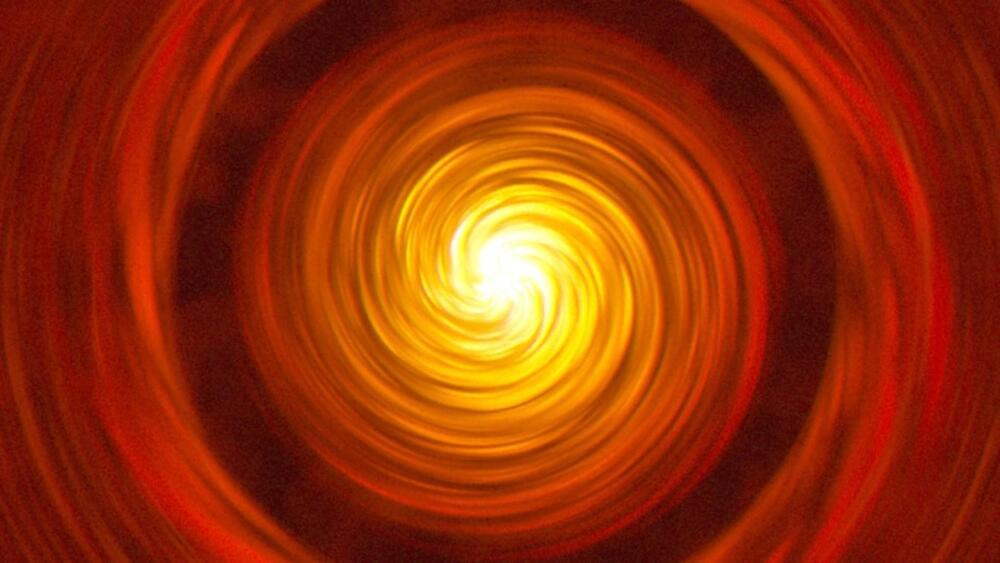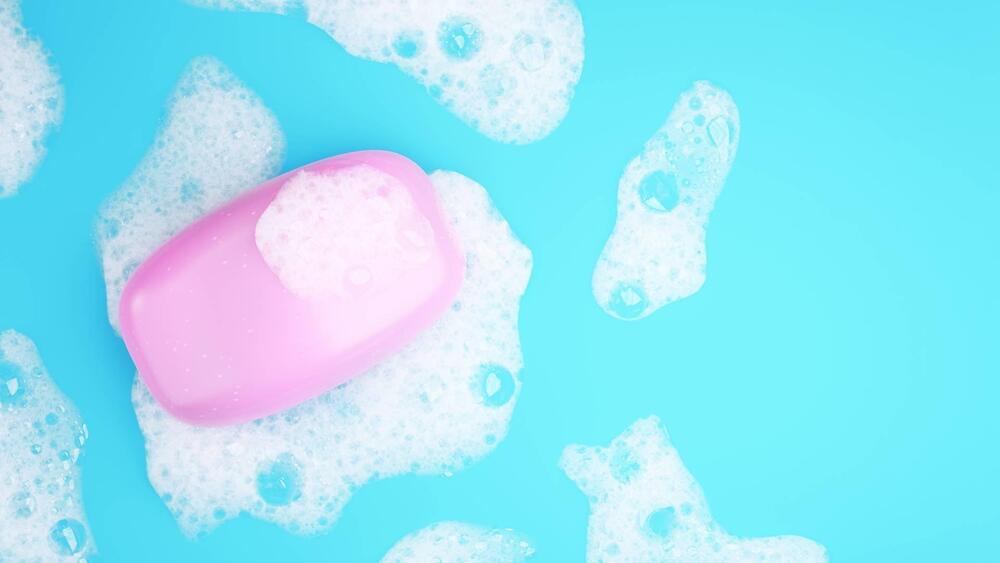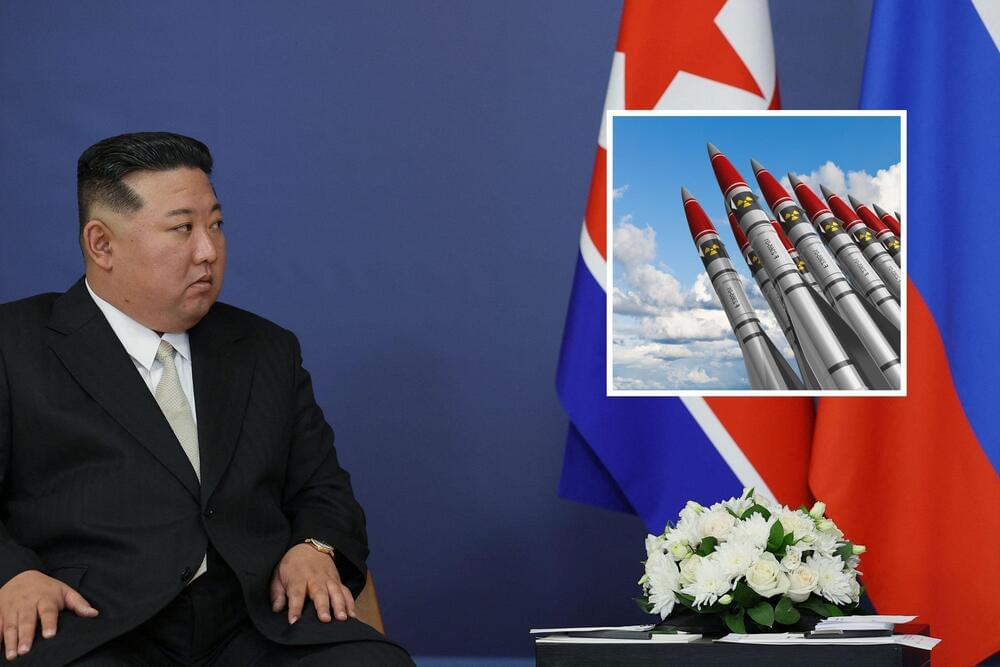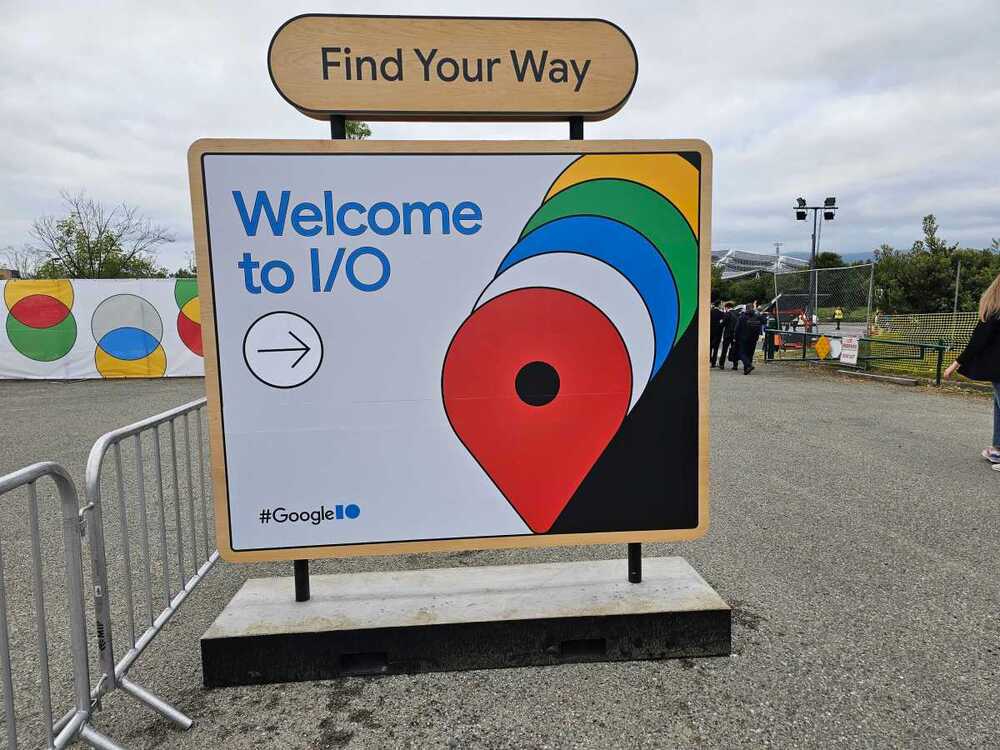Stanford researchers have finally figured out how a therapy that blocks a single protein can reverse age-related muscle loss in mice — and the discovery suggests seniors might not be the only ones who could benefit from it.
Age-related muscle loss: People tend to start losing muscle mass and strength in their 30s, and from 50 on, you could be losing up to 10% of your muscle mass every decade.
While it is possible to regain lost muscle through exercise, health issues can make hitting the weights a challenge. If left unaddressed, though, age-related muscle loss can lead to decreased mobility and weakness, which increases the risk of falls or other injuries.
